Index
- Introduction
- Swiggy Business Model
- Paytm Business Model
- Ola Business Model
- Oyo Rooms Business Model
- Byju’s Business Model
- Flipkart Business Model
Introduction
‘Startup’ is the new trendy word in the market. Millennials have a pocket full of problems and a pocket full of solutions for it. Startups are ideas that ease the difficulty faced by us in everyday life. Startups have made it possible to commercialize an idea. This article covers some of the most successful startups in India. We will discuss the business model of these startups and their revenue generation methods.
1. Swiggy Business Model
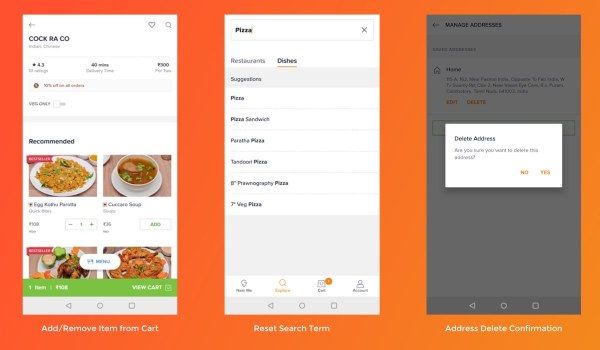
Swiggy is a food delivery application that works on the hyper-local business model. The business model of Swiggy delivers food to customers with the help of business restaurants and delivery partners. The business model depends on two partnerships the restaurants and the delivery service.
- Restaurant partners: These are restaurants that take orders through the Swiggy application. The order comes through the website and app.
- Delivery partner: They provide the service of delivering food from the partner restaurant to the customer.
Working:
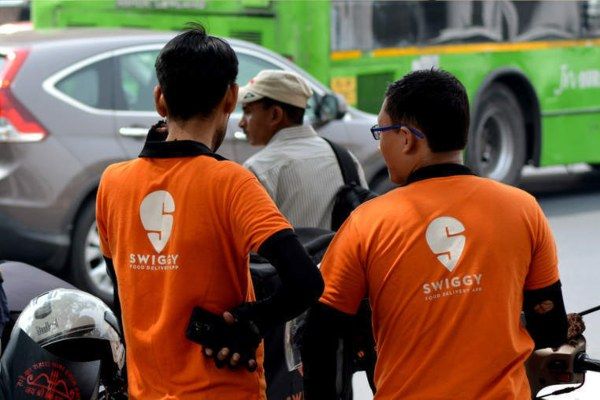
Swiggy is a platform that offers a wide range of restaurants for food ordering. It has a group of delivery personnel who delivers the food to the given ordering address.
Swiggy has an application and a website to order food from the neighboring restaurants. You can download the app from the Google Playstore. After downloading the application, you can create an account by using your phone number. Once your order from the selected restaurants, the restaurant which has its account on Swiggy receives the request. As soon as the order is received, food is prepared. All the delivery personnel in the nearby area get a signal broadcasted by the application for picking up the delivery. Delivery personnel can accept the request and deliver the food. The live status of the order is provided on the app to track the order.
Revenue:

Swiggy takes commission out of every order received and delivered by the restaurant. The commission is usually 15%-25% on the bill amount. This commission is charged on the amount of bill after adding all the taxes.
Some restaurants are Swiggy exclusive and receive benefits like a drop in commission by 2%-3%. Sometimes the charges and bill amount are increased due to various factors such as location, traffic of orders,
Swiggy also offers premium membership to restaurants for high visibility on the application; this premium membership comes at a higher price. Swiggy has also opened restaurants in metro cities that get the highest visibility on the application.
Swiggy offers membership to customers who give benefits to customers like free delivery and no fluctuations in order amount in case of rain or traffic of orders. The membership costs Rs 349 for three months and Rs 149 for one month.
The company also makes money by giving offers on certain bank cards and payment methods. This is another way of Swiggy to generate revenue.
2. Paytm Business Model
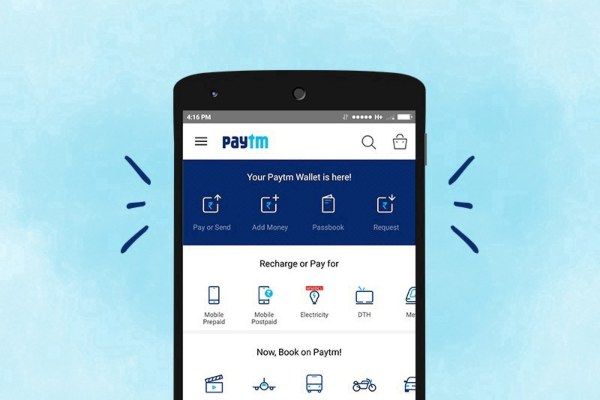
The business model of Paytm is based in the Marketplace model, which also offers recharge, booking, and payment services. Paytm is an excellent example of a cashless business model.
Revenue:

Paytm revenue model can be divided into five categories, which are Paytm Mall, Recharge, Bill Payments, Buy and sell, Paytm wallet, and Paytm bank.
A. Paytm Mall:
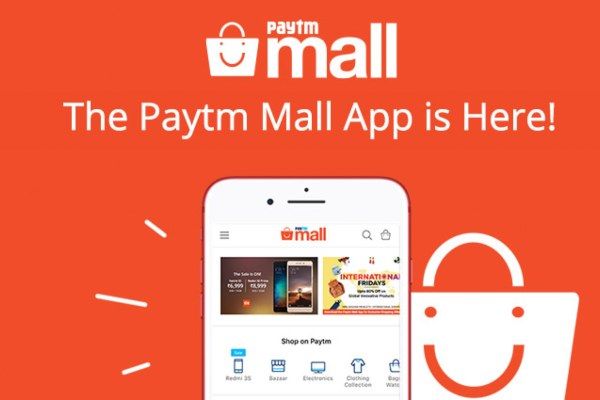
Paytm Mall was the first mobile-centric marketplace. Paytm Mall is the preferred choice of many sellers. It is a platform that can be utilized to promote and sell the seller’s brand and product.
B. Recharge Services:
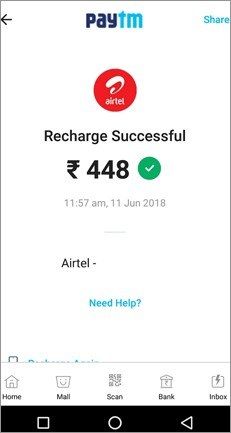
Paytm provided recharge services such as DTH recharge, mobile prepaid recharge, etc. Like every other business, Paytm earned money by commission from the operators of the recharged service.
C. Bill Payments:
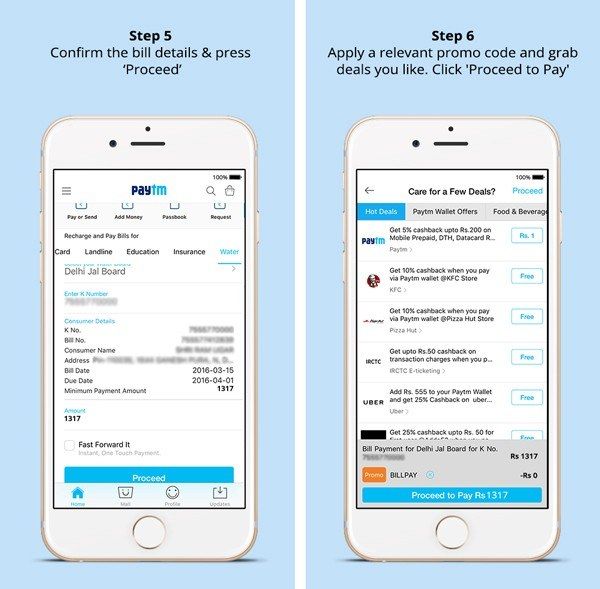
Bill payment is another service provided by Paytm. One can pay telephone, gas, electricity bills through Paytm. Paytm has also partnered with several institutions to become a method of paying fees and installments. It generated revenue by taking a commission from these organizations.
D. Buy and Sell
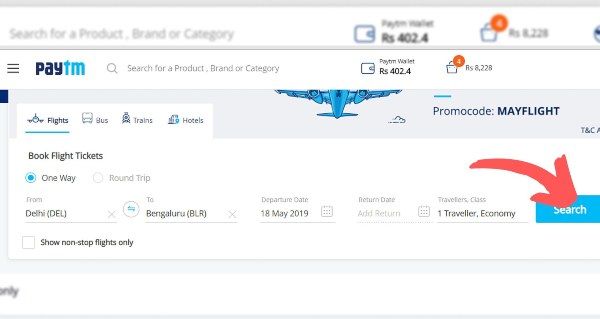
Paytm sells a wide range of products and services. It includes concert tickets, flights, railway tickets, etc.
E. Paytm wallet
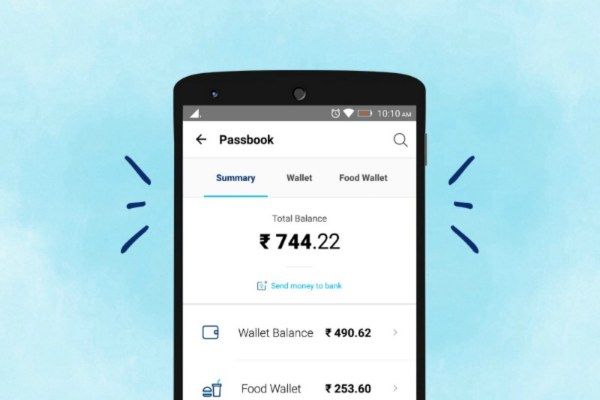
It is a pioneer in the cashless industry. Paytm wallet focused on the cashless market and was a lifesaver after the demonetization in India. Paytm is focusing on its strategy to remain a leader in the cashless industry as its competitors are catching up fast.
3. Ola business Model
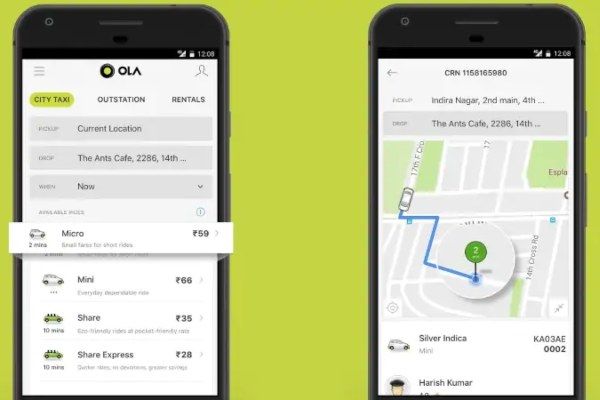
Ola was a Cab rental telephonic service that later switched to a mobile application. The application provides several types of cabs (mini, micro, prime) to the users. The location of the person is detected by using the phone’s GPS. An OTP is assigned to the customer, which is later entered by the driver to start the trip.
The Business model of Ola is based on providing cab service to customers. The application has two ends. One is used by the customer to order the cab, and the other end is used by the driver to receive requests.
Revenue:

Ola generates revenue by the commission on trips completed by the driver. The cost of each ride is decided by various factors such as distance, type of cab, traffic of requests, waiting time service taxes. Ola also offers the option of online payment before the end of the ride. The customer can pay the expected amount in advance to the company to avoid paying in cash to the driver.
4. Oyo business model
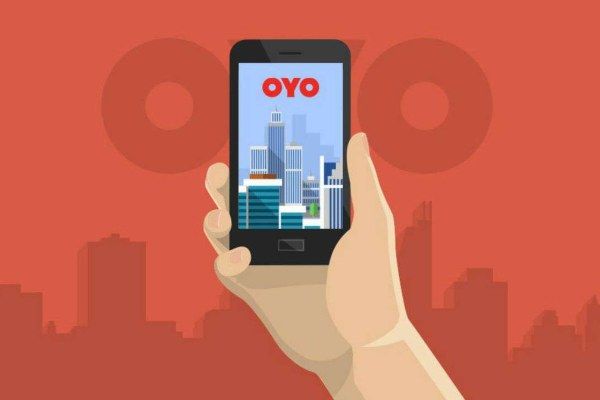
The business model of Oyo is a mixture of aggregation and franchise business model. Oyo started as a hotel booking service. It booked hotel rooms in hotels exclusively for Oyo users. The payment was made monthly, and Oyo rented the rooms at its price. The nature of the business model is almost the same as today’s model. Now instead of booking rooms for the customers, Oyo sells its franchise to hotels.
Oyo kept the hotel rooms according to its standards. Now the hotel’s rooms are operated as Oyo franchise instead of being on the lease. This makes it easy for Oyo to maintain its standards. This also bounds the hotel owner to follow the given rules in the agreement with Oyo.
Oyo other than hotel bookings also provides several services to generate revenue and earn a profit. Some of the services are listed below:
- Oyo Townhouse
Oyo townhouse is a service focused on millennial customers. It provides standard rooms with smarter rooms with smart TVs, printers, magazines, and a 24×7 kitchen ready to serve the customer.
- Oyo Studio Stays
It provides booking for extended stays such as an internship or some office work. The rent is paid monthly, and Oyo earns commission is the place is booked through Oyo. Oyo also provides extended-stay services for a wedding or a function.
- Oyo commercial
Oyo rents out commercial spaces for offices. You can book an office space temporarily using Oyo now.
- Oyo wizard
Oyo wizard is a subscription service that provides exclusive benefits to its subscribers, such as discounts, deals, and cashback.
Revenue:

The Oyo revenue model is commission-based now. Earlier it used to book the rooms at a fixed price and then rented them on its expense. Now it takes a 22% commission from its partnered hotel. This has increased the revenue generated by Oyo.
5. Flipkart’s business model
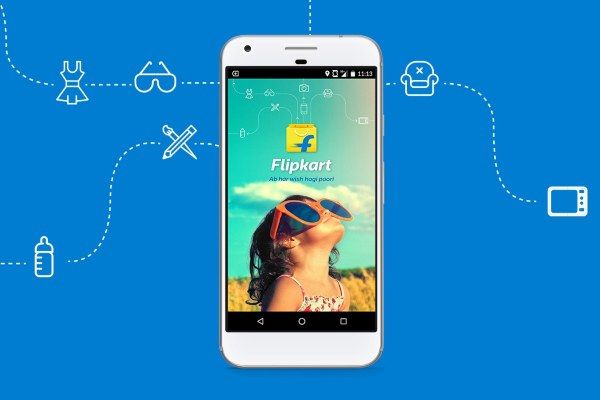
The business model of Flipkart is based on the Business to Consumer model. Flipkart started as a bookselling platform, which later developed into e-commerce with thousands of products that can be ordered online. Flipkart is a bridge between buyers and sellers in India. It has increased the reach of sellers in terms of area. Walmart owns Flipkart.
Revenue:

A large percentage of revenue generated by e-commerce is due to its big sales. The Billion Sale is a great contributor to the income of Flipkart. Flipkart also takes a commission from the seller to provide a platform for their products.
Flipkart has its private labels, such as MarQ and SmartBuy. The great discounts offered by Flipkart has been questioned multiple times, making it noticeable to the government.
The other resources of revenue for Flipkart are Convenience charges paid by the customers for fast delivery. Advertisements, Flipkart offers spaces on its website for ads. It also gives high visibility to these sellers. Flipkart also offers to promote some brands in its publications; the brand has to buy this service.
Flipkart has a UPI based payment service called PhonePe. It offers points on transactions that have earned its popularity in the Indian market.
6. Byju’s business model
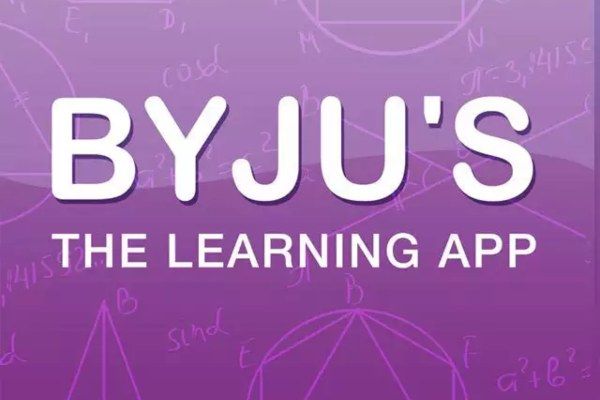
Byju’s is an online learning service founded by Byju Raveendran. He helped his friends to crack CAT and scored a 100 percentile in the exam. Instead of pursuing an MBA in IIMs, he started his dream of doing something big. Thus he founded Byju’s.
The business model of Byju’s is freemium. The students have to provide full details about them to the website, and they can test the service in its 15 days free trial period. Byju’s also offers classroom sessions, but these are only available in Noida, Gurgaon and other nearby places.
One to one mentoring of the student is done, and the feedback is provided to the parents. Byju’s covers all the major competitive exams in India, such as CAT, UPSC, JEE, etc.
Revenue:

Byju’s is a service that can be subscribed by paying some amount to the company. During the free trial period, only limited content is available to the person accessing the application. As Byju’s follows a freemium business model, most of its revenue is generated by the amount paid by the subscriber to access the content. Byju’s also offers services such as classroom sessions. Online product selling and offline coaching also contribute to the revenue of Byju.










